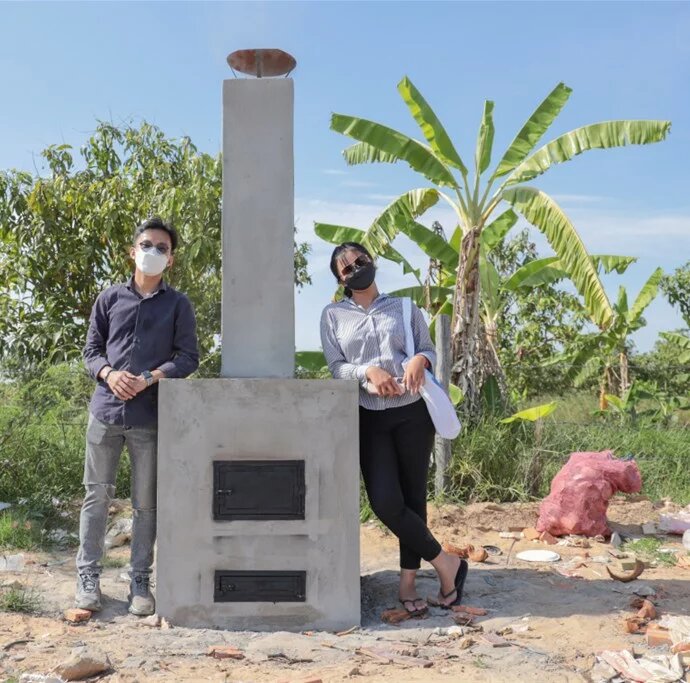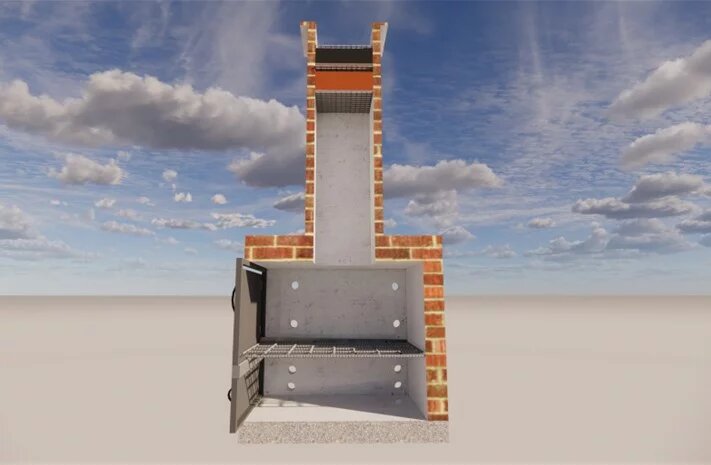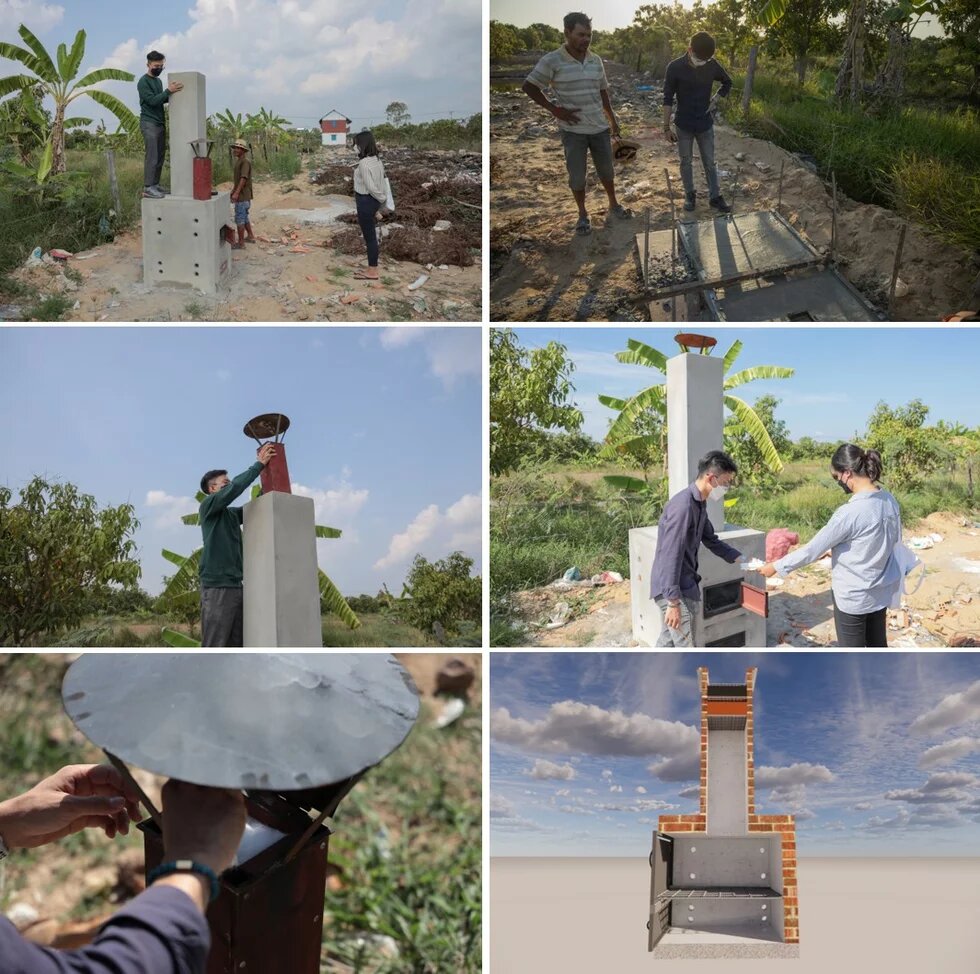
Cambodia produces more than 10,000 tons of waste every day, totaling more than 4 million tons over a year. A large part of this trash goes uncollected as most provinces do not provide collection services, even though it is the responsibility of local administrations.

This means that most rural and semi-urban Cambodians have only one option to dispose of their waste: burn it. Depending on the content of the waste, burning trash can release harmful toxins, heavy chemicals and volatile organic compounds into the air and surrounding areas, which include agricultural lands.
In place of any administrative action, the burning of waste will continue across large parts of the country. Cambodia Green Will, an environmental advocacy group, acknowledges this reality and wants to make the burning of trash safer.
The group has developed low-cost incinerators that use a double-layered filter to reduce the amount of toxins escaping the mechanism. The incinerations are two cement rectangles stacked together — one being the combustion chamber and an exhaust pipe. The mechanism looks simple and rudimentary but it will dramatically reduce pollution from trash burning.
Nil Reksa, who works at Cambodia Green Will, says the temperatures (around 400°C to 600°C) they generate within the combustion chamber reduce the amount of volatile organic compounds and other emissions. Secondly, the double-layered filter made with coconut husk and an activated carbon filter further reduces emissions from the incineration.
Cambodia Green Will’s incinerator plan was the result of a lot of advocacy conducted by the group around environmental issues, including the reduction of plastic and single-use waste, but also from extensive interviews with people worried about open burning.
“We interviewed the principals of schools in rural areas in Siem Reap, Tbong Khmum, Pursat, Kandal and other provinces, to understand the problem and what they need to solve the problem,” she says.
“They do not want to [burn their trash], and yet it is the only solution they have to manage solid waste in the area,” Reksa adds.
Reksa says there has been some movement in getting Cambodians, especially younger people, to reduce the waste they produce in a day and actively not use single-use products. It is building on these small steps and through the use of innovative, makeshift solutions like the incinerator, Cambodians can empower themselves to take the lead in protecting the environment in the face of a policy and administrative vacuum.
This article is an excerpt from "Profiles of Courage." Click here for the full reading.
